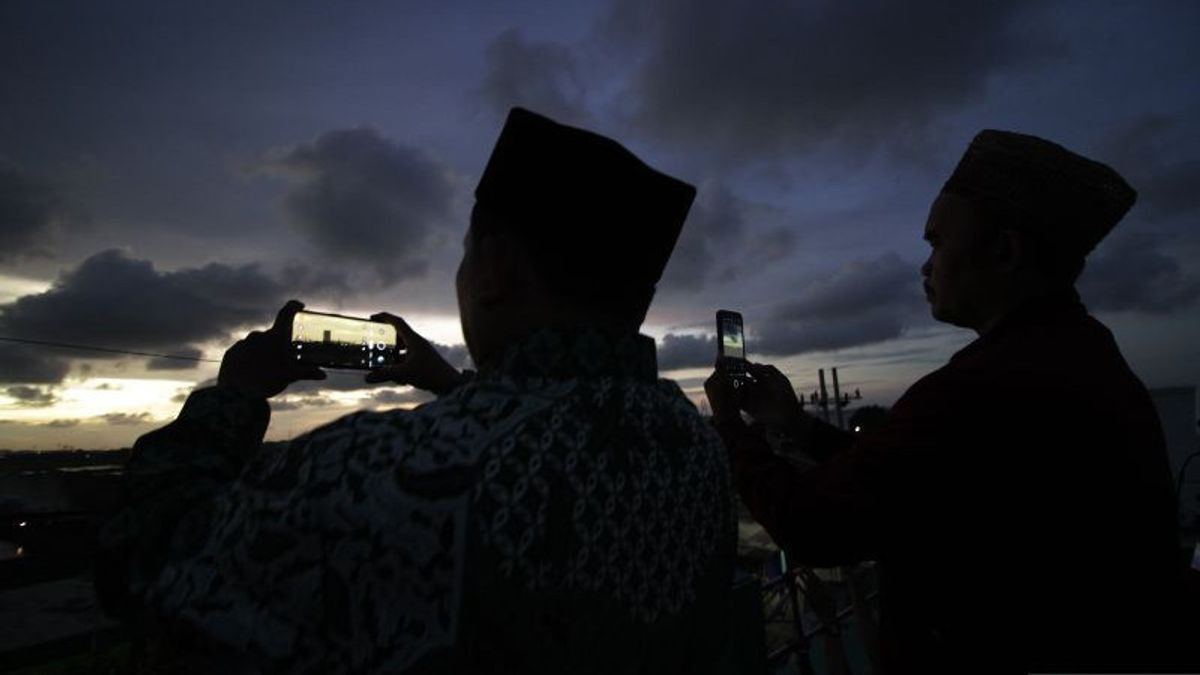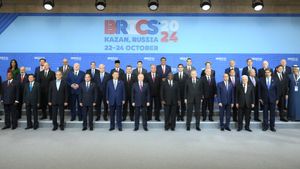YOGYAKARTA Hisab and rukyatul hilal are two methods commonly used by Indonesian Muslims to determine the beginning of Ramadan. The Hisab method is specifically used by Muhammadiyah to determine the ijtimak criteria or when it ended last month and the emergence of a new moon in the Hijri calendar. Meanwhile, Nahdlatul Ulama prioritizes monitoring of the hilal to determine the beginning of Ramadan. So, what is the difference between the methods of reckoning and rukyatul hilal?
The method of reckoning used by Muhammadiyah is the method of calculating time based on the geometric position of the objects of the sky, including the sun, moon, and earth.
In the Hisab Muhammadiyah Guidelines, it is stated that the hisab method is used to determine the beginning of the month of Ramadan, prayer time, Eid al-Fitr, Hajj time, and time to perform eclipse prayers.
The determination of the beginning of the month of quarantine can be done using two methods of reckoning, namely the history of urfi and the hisa hakiki.
Hisab urfi is a method of determining the beginning of the month that is not based on the movement of the celestial body hakiki.
Meanwhile, the hakiki hisab method is a method of determining the beginning of the month of quarantine based on the actual circulation of the moon, earth, and sun.
The beginning of the month is determined by the appearance of the moon starting while the end of the month of office refers to the position or travel of the moon.
The determination of the beginning of the month of quarantine is supported by five certain criteria, one of which is the appearance of the first crescent moon (hilal).
If one of the five criteria is not met, then the month will continue until the calculation is 30 days later the new moon will start the day after tomorrow. This hisab method is used by Muhammadiyah to determine the ijtimak criteria.
Meanwhile, the rukyatul hilal method used by Nahdlatul Ulama and also the Ministry of Religion is the method of determining the beginning of Ramadan and Syawal based on lunar observations.
Rukyat can be done with the naked eye or with optical tools such as the telescope.
Adapted from the official Nahdlatul Ulama website, the beginning of the fasting month can be determined if the hilal has met the criteria for the rukyah imkanur.
The imkanur rukyah is considering the possibility of seeing the hilal. The rukyah Imkanur is intended to bridge the rukyat bridge and the hisab method. This criterion can be obtained if the hilal has been at an altitude of 2 degrees.
Even so, there are also those who are of the view that at an altitude of less than 2 degrees the hilal cannot be seen. So it is certain that there is a difference in the determination of the beginning of the month in this condition.
Rukyat can be done after sunset. This is because the hilal is only visible after sunset.
If the hilal is visible, then at evening or evening the local time maghrib has entered the new hijriyah (calender) month. However, if the hilal is not visible, then the beginning of the month is set starting the next day of maqhrib.
Hilal observations were carried out at a number of points in Indonesia. This year, the Ministry of Religion held monitoring (rukyatul) on the beginning of Ramadan 1444 Hijri/2023 AD at 124 location points.
This is information about the difference between the methods of reckoning and rukyatul hilal in the determination of the beginning of Ramadan. To get other interesting news, keep reading VOI.ID.
The English, Chinese, Japanese, Arabic, and French versions are automatically generated by the AI. So there may still be inaccuracies in translating, please always see Indonesian as our main language. (system supported by DigitalSiber.id)













